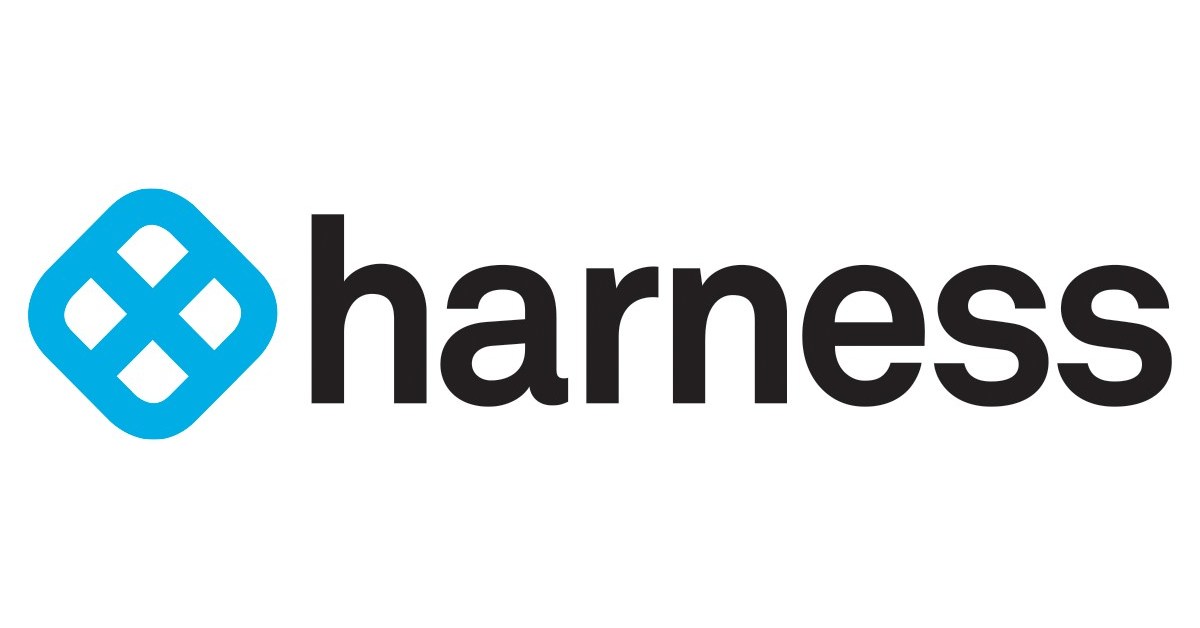Harness: Revolutionizing DevOps and Continuous Delivery with Innovative Solutions
Introduction
Harness is a leading platform in the field of continuous delivery (CD) and DevOps, offering cutting-edge solutions designed to streamline software deployment, enhance automation, and accelerate the software development lifecycle. Since its inception, Harness has been at the forefront of transforming how organizations approach software delivery, leveraging automation and intelligent insights to improve efficiency and reliability. This article delves into Harness’s history, key features, benefits, and its impact on modern software development practices.
Company Overview
History and Background
Harness was founded in 2016 with the goal of simplifying the complexities of continuous delivery and deployment. The company quickly gained recognition for its innovative approach to automating the software release process, helping organizations to deploy applications more frequently and with greater confidence. Since then, Harness has become a prominent player in the DevOps space, serving a diverse range of clients across various industries.
Mission Statement
The mission of Harness is to empower software teams with advanced tools and technologies that streamline the software delivery process, enhance automation, and drive continuous improvement. Harness is dedicated to making software delivery faster, more reliable, and less error-prone through intelligent automation and data-driven insights.
Key Features and Solutions
Harness offers a suite of features designed to address various aspects of the software delivery lifecycle, from continuous integration (CI) to continuous deployment (CD) and beyond.
Continuous Delivery (CD)
- Automated Deployments: Harness provides automated deployment capabilities that reduce manual intervention and accelerate the release of software updates. The platform supports a range of deployment strategies, including blue-green, canary, and rolling deployments.
- Deployment Pipelines: Enables the creation of customizable deployment pipelines that automate the steps involved in delivering software, from code commit to production release.
Continuous Integration (CI)
- Build Automation: Harness integrates with popular CI tools to automate the build process, ensuring that code changes are tested and validated before deployment.
- Artifact Management: Provides tools for managing build artifacts and ensuring that the correct versions are deployed to production.
Feature Flag Management
- Feature Toggles: Allows teams to deploy new features in a controlled manner using feature flags, enabling gradual rollouts and minimizing risk.
- Testing and Rollbacks: Facilitates A/B testing and easy rollback of features if issues are detected, improving the overall quality and stability of releases.
Observability and Monitoring
- Real-Time Insights: Offers real-time monitoring and analytics of deployments, providing visibility into application performance and deployment success.
- Error Tracking: Tracks and reports on errors and issues encountered during deployments, helping teams quickly identify and address problems.
Security and Compliance
- Access Controls: Implements robust access controls and permissions to ensure that only authorized users can perform deployment actions.
- Audit Trails: Provides comprehensive audit trails and logs for compliance and security auditing, ensuring transparency and accountability.
Benefits of Harness
Accelerated Software Delivery
- Faster Releases: By automating the deployment process, Harness enables teams to release software updates more quickly and frequently, responding to market demands and customer needs with greater agility.
- Reduced Downtime: Automated rollbacks and deployment strategies help minimize downtime and reduce the impact of deployment failures.
Enhanced Reliability and Quality
- Automated Testing: Integrates automated testing into the deployment pipeline, ensuring that code changes are thoroughly validated before reaching production.
- Controlled Rollouts: Enables controlled rollouts and feature toggling, allowing teams to test new features in production without affecting all users.
Improved Efficiency
- Reduced Manual Effort: Automates repetitive tasks and manual processes, freeing up teams to focus on more strategic activities.
- Centralized Management: Provides a centralized platform for managing the entire software delivery lifecycle, improving visibility and coordination across teams.
Greater Visibility and Insights
- Real-Time Analytics: Offers real-time analytics and monitoring, providing valuable insights into deployment performance and application health.
- Comprehensive Reporting: Delivers detailed reports on deployment metrics, errors, and user interactions, supporting data-driven decision-making.
Industry Impact
Harness has made a significant impact on the software development and DevOps industry by:
- Driving Innovation: Introducing innovative solutions that address common challenges in software delivery, such as automation, feature management, and observability.
- Supporting Best Practices: Promoting best practices in continuous delivery and DevOps through its advanced platform and tools.
- Enhancing Collaboration: Facilitating better collaboration between development, operations, and other teams involved in the software delivery process.
Conclusion
Harness is a game-changer in the realm of continuous delivery and DevOps, offering a powerful platform that streamlines the software delivery process and enhances automation. By providing tools for automated deployments, feature management, and real-time monitoring, Harness empowers organizations to deliver software faster, with greater reliability, and improved efficiency. For more information about Harness and its solutions, visit Harness’s official website or contact their sales team.




